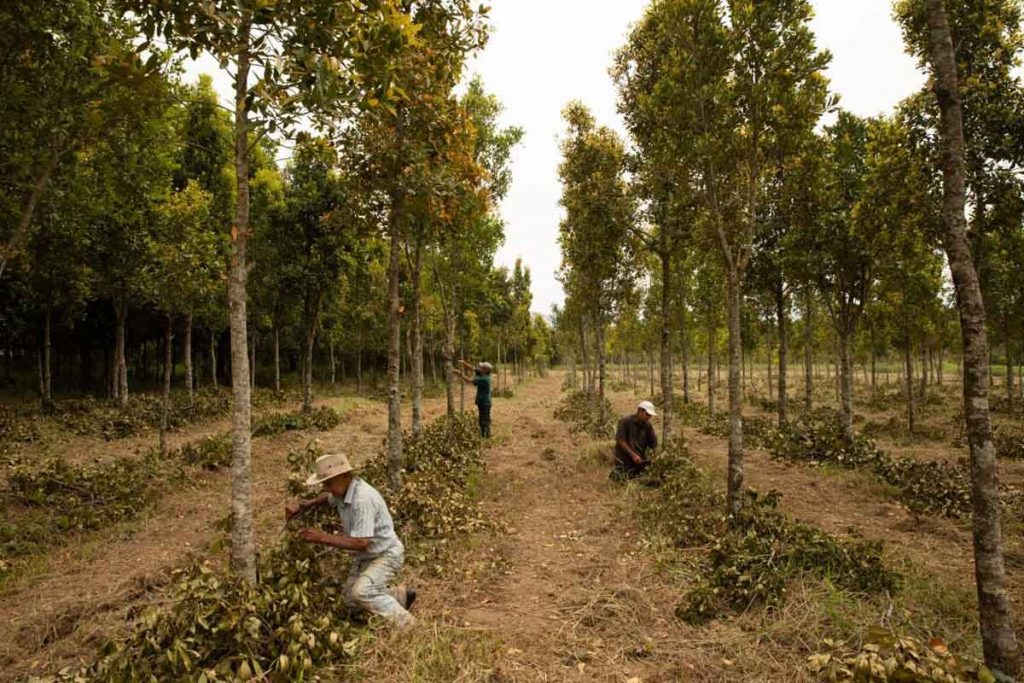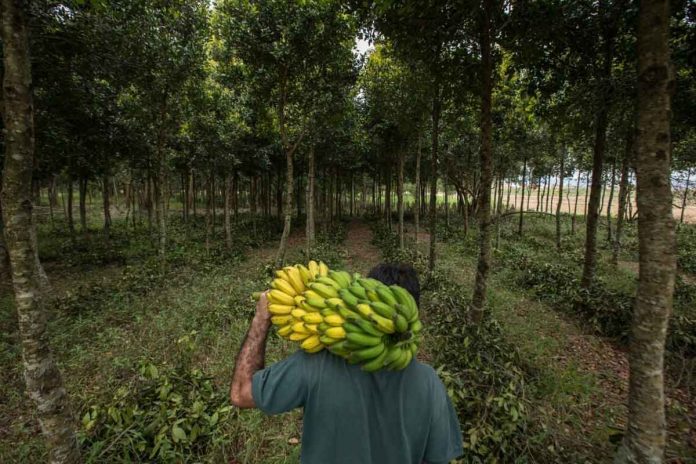Farmers are struggling to adapt to rising temperatures in tropical regions. This can unleash the benefits of natural cooling by dotting more trees across their pasturelands. University of Washington scientists put tangible numbers to the cooling effects of this practice.
The Nature Conservancy, Duke University, University of California San Diego and Stony Brook University Hospital scientists found that adding trees to pastureland can cool local temperatures by up to 2.4 C for every 10 metric tons of woody material added per hectare. This process is known as silvopasture. This process depends on the density of trees and deliver a range of other benefits for humans and wildlife.
The study has been published in Nature Communications.

Scientists analyzed satellite data from 2018. They compared the annual average temperature at each location across the American and African tropics. They have compared it with an existing data set of bare pastureland and pastureland with different amounts of tree cover. Scientists wanted to quantify the local cooling effect of the trees.
Scientists used projections for rising global temperatures for the year 2050. They then identified where rural communities could gain most from practicing silvopasture in the future. They noted that the cooling effect works on all spatial scales. Smallholder farmers could access these cooling benefits.
They can intensify tree-planting on their own pasturelands. Scientists revealed the extent to which localized temperature rises. It is driven by a deadly combination of global warming and tropical deforestation. It is making outdoor work increasingly perilous for vulnerable communities across the tropics.

